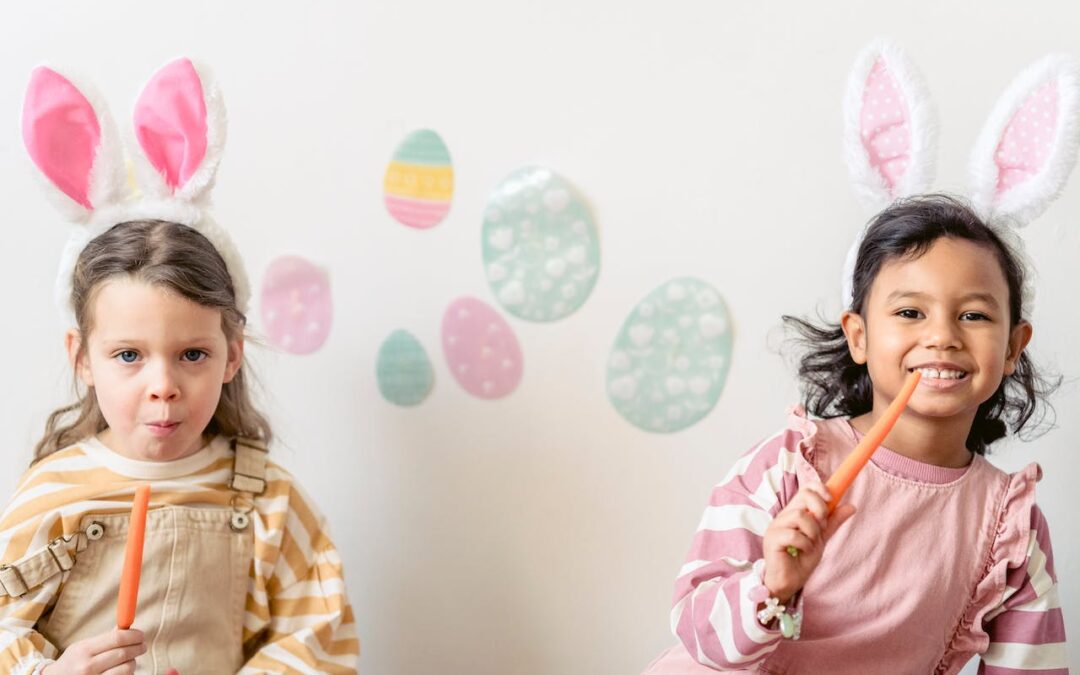Easter Eggs for Toddlers
Easter is a joyous time of year, filled with colorful eggs, bunnies, and plenty of sweet treats. As a parent, I understand the excitement and anticipation that comes with planning fun activities for my toddler during this festive season. That’s why I’ve put together a list of delightful Easter eggs specifically designed for little ones. These toddler-friendly Easter eggs are not only adorable, but they also provide a wonderful opportunity for your child to engage in sensory play, fine motor skills development, and endless hours of entertainment.
When it comes to Easter egg hunts, it’s important to keep in mind that traditional eggs may not be suitable for toddlers. That’s where these specially crafted Easter eggs for toddlers come in. Made from safe and non-toxic materials, these eggs are designed to be easy for little hands to grasp and open. Each egg is filled with surprises that will captivate your child’s attention, from small toys and stickers to colorful confetti. These interactive eggs will not only bring joy to your toddler but also enhance their cognitive and dexterity skills.
Non-Candy Easter Egg Fillers for Toddlers
When it comes to Easter egg hunts for toddlers, filling those colorful eggs with surprises that are safe and age-appropriate is key. While candy-filled eggs are a popular choice, there are plenty of alternatives that can make the Easter experience even more exciting for little ones. Here are some non-candy Easter egg fillers that are perfect for toddlers:
- Toys: Opt for small toys that are suitable for their age group. Look for items like mini figures, toy cars, bouncy balls, or bath toys. These are not only fun but also encourage imaginative play and fine motor skills.
- Stickers: Toddlers love stickers! Fill the eggs with sheets of stickers featuring their favorite characters or themes. This simple and inexpensive filler can provide hours of entertainment and creativity.
- Snacks: Instead of sugary treats, consider filling eggs with toddler-friendly snacks. Think individual portions of goldfish crackers, raisins, or small fruit snacks. Not only will it be a tasty surprise, but it will also promote healthy eating habits.
- Puzzle Pieces: If you want to add an educational twist to the Easter egg hunt, include puzzle pieces in each egg. Toddlers can collect the pieces and then work on assembling the puzzle afterward. This fosters problem-solving skills and cognitive development.
- Sensory Objects: Fill a few eggs with sensory objects to provide a tactile experience for toddlers. You can include items like squishy balls, small stuffed animals, or textured sensory toys. These fillers engage the senses and help stimulate their sensory exploration.
Remember, the focus is on age-appropriate surprises that enhance their cognitive and dexterity skills. By choosing non-candy fillers for Easter eggs, you can create an exciting and enjoyable experience for toddlers without the sugar rush.

Creative DIY Easter Egg Hunt Ideas for Toddlers
Looking for some fun and creative ways to make your Easter egg hunt extra special for your little ones? Here are some DIY ideas that will create lasting memories without breaking the bank.
1. Sensory Egg Hunt: Create an engaging sensory experience by filling plastic eggs with different textures, such as feathers, rice, or sand. This not only adds an exciting element to the hunt but also stimulates your toddler’s senses.
2. Color-Coded Hunt: Assign each child a specific color and hide eggs of that color for them to find. This adds an element of friendly competition and helps toddlers develop color recognition skills.
3. Puzzle Piece Hunt: For an educational twist, hide puzzle pieces inside the eggs. Encourage your little ones to find all the eggs and then work together to complete the puzzle. This activity promotes problem-solving and fine motor skills.
4. Alphabet Hunt: Hide eggs with letters inside and challenge your toddlers to find the eggs in alphabetical order. This activity is not only fun but also helps with letter recognition and sequencing.
5. Nature Hunt: Take the egg hunt outdoors and incorporate nature by hiding eggs in the backyard or local park. Encourage your toddlers to explore their surroundings while searching for eggs. This activity promotes physical activity and an appreciation for the environment.
6. Rhyming Riddles: Write rhyming riddles that lead your toddlers to the location of each hidden egg. This activity will enhance their cognitive skills and make the hunt even more exciting.
Conclusion
Incorporating creative DIY ideas into Easter egg hunts for toddlers can make the experience even more exciting. By organizing a sensory egg hunt with different textures, a color-coded hunt to develop color recognition skills, a puzzle piece hunt to promote problem-solving and fine motor skills, or an alphabet hunt for letter recognition and sequencing, you can engage your toddler’s senses and stimulate their cognitive development.
Jessica has a flair for writing engaging blogs and articles. She enjoys reading and learning new things which enables her to write different topics and fields with ease. She also strives to break down complex concepts and make them easy for anybody to comprehend.





